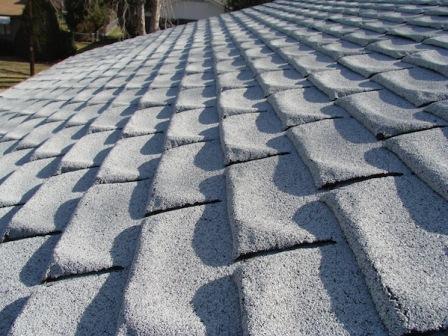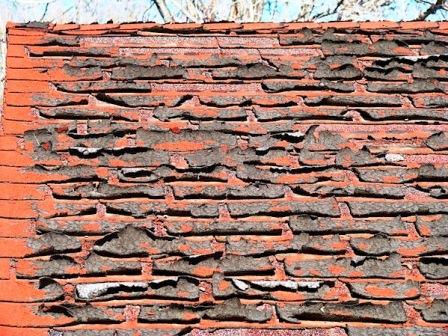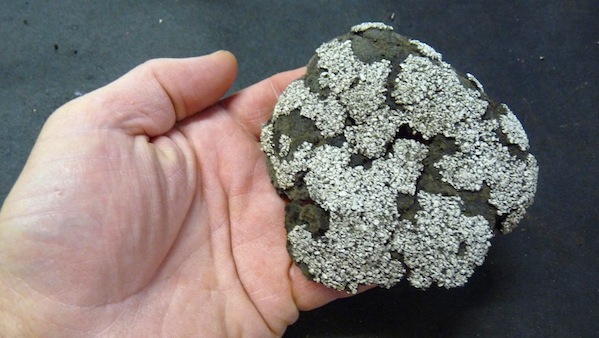Mastering Roof Inspections: Asphalt Composition Shingles, Part 2
by Kenton Shepard and Nick Gromicko, CMI®
The purpose of the series “Mastering Roof Inspections” is to teach home inspectors, as well as insurance and roofing professionals, how to recognize proper and improper conditions while inspecting steep-slope, residential roofs. This series covers roof framing, roofing materials, the attic, and the conditions that affect the roofing materials and components, including wind and hail.
Organic shingles have not been manufactured since about 2008, but many were installed over the years, and you’ll continue to see them for a while.
Cellulose used for shingle mat comes from wood chips, and recycled cardboard, rags and paper.
Cellulose mat -- also called felt -- is typically thicker than fiberglass mat.
To produce shingles, the cellulose mat was first saturated with a thinner asphalt to about 170% by weight. This flexible core was then sandwiched inside a second coat of thicker asphalt, creating a sort of asphalt sandwich.
Because of their thicker, flexible, double-asphalt layer, organic shingles can be more durable in cold climates than fiberglass shingles.
It’s often possible to repair a damaged section of roof rather than replace the whole slope, or to replace only one slope instead of the whole roof. Although some suppliers may have stockpiles of commonly used organic shingles, homeowners who need to match existing shingles will find it increasingly difficult.
Distortion
As organic shingles age, they slowly lose volatiles. Volatiles are compounds that boil at a low temperature. They dissipate over time, mostly from evaporation.
Volatiles are added into the asphalt mix to help make shingles flexible, durable and waterproof. Since their loss is mainly through evaporation, loss will happen more quickly in warm climates or in homes with poor roof ventilation.
As volatiles dissipate, the cellulose mat becomes dryer and more absorbent.

Absorbing moisture causes shingles to expand and distort.

Since organic shingles near the end of their life can hold considerably more moisture than fiberglass, they can exhibit extreme distortion, as you see here.

These organic shingles are obviously at or near the end of their useful life. Much of the volatile compounds that helped keep these shingles waterproof and flexible have dissipated.

Moisture cycling, which is repeated wetting and drying over the long term, has caused distortion of the mat.

Deterioration of the asphalt layer has weakened the bond between asphalt layers and caused widespread delamination.
It’s not uncommon to see organic shingles on the same roof deteriorating at different rates.

The separation between shingles deteriorating at different rates typically appears as a diagonal pattern across the roof.
This condition is caused by mixing shingles from different batches. The diagonal pattern is created by the offset of successive courses as shingles are installed.
Different batches of shingles can have small differences in the quality and thickness of the asphalt.

Over the long term, these differences will cause shingles from different batches to deteriorate at different rates.

The exception is when a type of shingle is installed that is not installed diagonally. On this roof, most of the T-lock shingles are the same type. Only two bundles are different, and they happened to be installed on opposite ends of the slope, at the ridge and eave.

**************************************************
Learn how to master a roof inspection from beginning to end by reading the entire InterNACHI series: Mastering Roof Inspections.
Take InterNACHI’s free, online Roofing Inspection Course
Mastering Roof Inspections
Roofing Underlayment Types
Inspecting Underlayment on Roofs
Fall-Arrest Systems
Roofing (consumer-targeted)
More inspection articles like this

